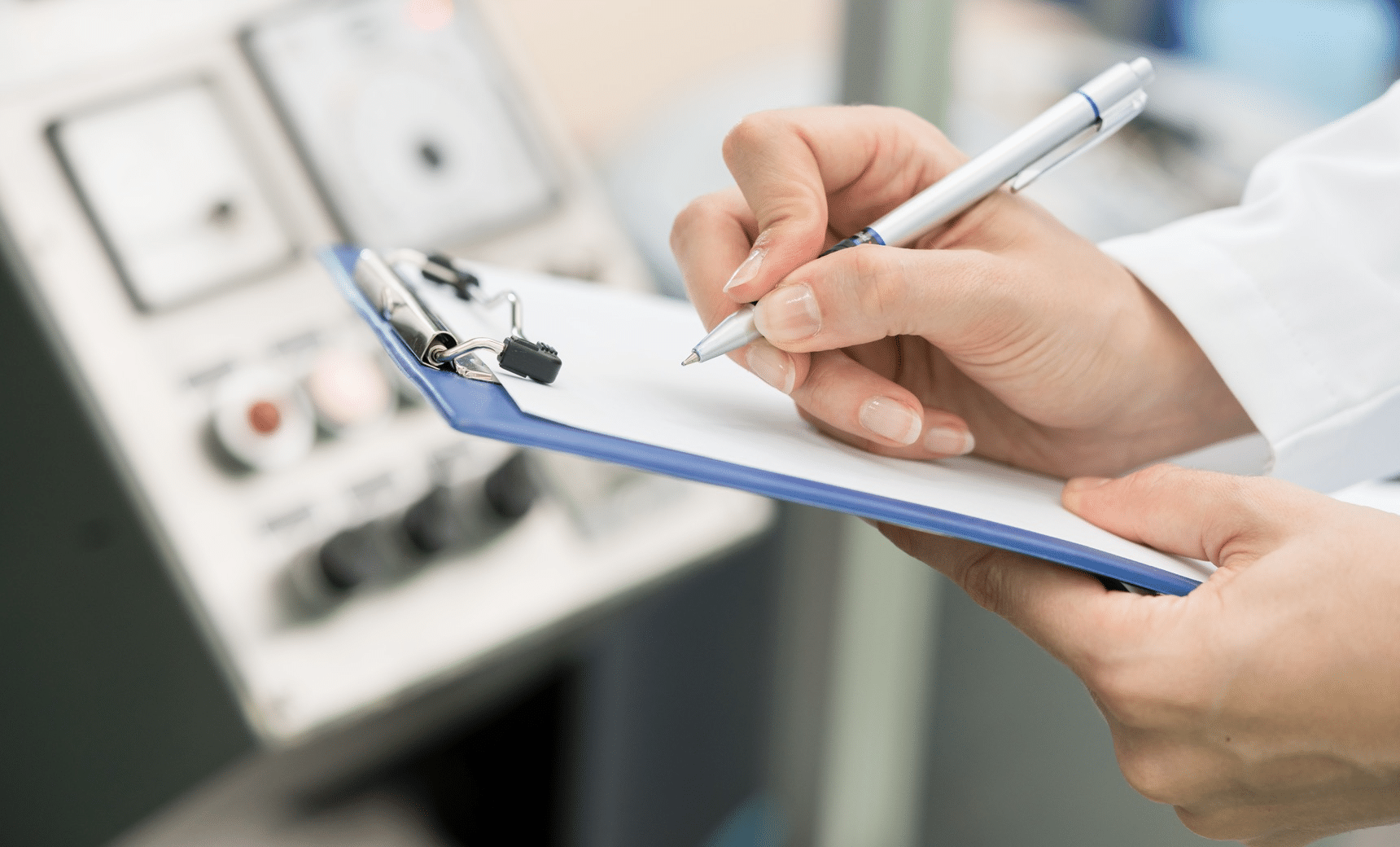One might wonder, how does a medical engineer organize their day? What is the daily checklist for medical engineers? Medical engineers stand out as the unsung heroes behind the scenes, with a mission that goes beyond merely maintaining medical equipment; it extends to ensuring patient safety and the efficiency of health systems. Technology plays a pivotal role in saving lives in the field of medical engineering through the work of these engineers. In this article, we aim to take you on a journey into the daily checklist of medical engineers, revealing the steps that make their day organized and effective in this unconventional profession.
The Daily Checklist of a Medical Engineer
The daily checklist of a medical engineer can be summarized as starting with planning and ending with accomplishment. The daily list is not just a routine task but a critical tool that they are trained on. It also serves as a roadmap that ensures each piece of medical equipment is working efficiently to achieve the highest benefit in patient treatment, and that every medical team receives the technical support they need. Let’s explore how this day can be ideally organized.

Beginning of the Day: Preparation and Inspection
- Urgent Message Review: The day starts with reviewing emails and messages to address any urgent requests from the medical team.
- Task Planning: The daily schedule is reviewed to prioritize tasks such as equipment maintenance or calibration.
- Quick Inspection: The medical engineer performs a quick check on critical medical devices to ensure they are functioning correctly.
- Update Maintenance Records: Any issues discovered during the morning inspection are logged.
- Morning Meeting: A meeting with the medical team to discuss challenges or updates related to equipment.
- Task Assignment: Tasks are delegated to the engineering team based on the day’s priorities.
- Tool Verification: Ensuring all necessary tools and spare parts are available for planned maintenance.
- Compliance with Standards: Ensuring all tasks are carried out according to safety protocols and regulatory standards.
- Document Preparation: Preparing necessary documents for any new installations or upgrades of equipment.
- Coordination with Suppliers: Communicating with suppliers to confirm orders or service requests.

Post-Midday: Analysis and Support
- Update Maintenance Records: Reviewing and logging all work completed in the morning.
- Routine Inspection: Inspecting high-priority medical equipment to ensure it continues to meet safety standards.
- Troubleshooting: Collaborating with the biomedical engineering team to diagnose and fix any reported faults.
- Administrative Meeting: Attending a meeting with management to discuss upcoming projects and resource allocation.
- Training and Support: Providing technical support and training for the medical staff on the use of new equipment.
- Fault Documentation: Recording any device malfunctions and notifying the Quality Assurance team.
- Order Preparation: Preparing purchase orders for spare parts and tools.
- Data Analysis: Reviewing equipment performance data to identify any trends or potential issues.
- Inventory Update: Logging any new or decommissioned equipment in the inventory management system.
- Responding to Urgent Requests: Handling any urgent service requests from medical departments.
Why is the Daily Checklist Necessary?
Some may wonder, why is the daily checklist so crucial? The answer is that the daily checklist is not just an organizational tool; it’s a guarantee of continuous high-quality healthcare. By following these steps, the medical engineer ensures that every device is functioning efficiently, and every doctor or nurse receives the ongoing technical support they need. This checklist reflects the medical engineers’ commitment to their vital role in improving healthcare quality.

Can the Daily Checklist Be Skipped?
The straightforward answer is perhaps, but it would be like driving a car in the dark without headlights! More clearly, the daily checklist is not just a to-do list; it’s the compass that guides medical engineers in their daily journey to ensure patient safety and healthcare quality.
In a world filled with complex medical devices, intertwined tasks, and emergencies, the daily checklist is an indispensable tool to organize priorities and avoid chaos. Without it, urgent and important tasks might be forgotten, or vital equipment maintenance could be neglected, putting patient lives at risk. Think about it: a ventilator suddenly failing due to neglected routine maintenance, or an X-ray machine not providing accurate results because it wasn’t calibrated on time. These aren’t just hypothetical scenarios; they are real risks that can be avoided thanks to the daily checklist.
For medical engineers, the daily checklist is not only an organizational tool, but it’s also a means to build trust between them and the medical teams. When doctors and nurses know that someone is monitoring and maintaining the equipment they depend on, it enhances teamwork efficiency and reduces stress in high-pressure medical environments.
So, after what’s been mentioned, can the daily checklist be skipped? The likely answer is no, because that would come at the expense of quality and safety. It is the secret behind medical engineers’ success in performing their tasks with precision and efficiency, making them heroes behind the scenes in the world of healthcare.
A Sample of the Daily Checklist for Medical Engineers
As a real-world example, let’s consider Yemen. Amid the challenges facing the healthcare sector in Yemen, medical engineers play a pivotal role in ensuring the continuity of medical services through the maintenance and development of medical equipment. The daily checklist for medical engineers in Yemen is not much different from its global counterpart, but it takes into account the unique conditions of the local healthcare sector.

Daily Checklists and Preventive Maintenance
In healthcare units in Yemen, preventive maintenance is a key pillar to ensure the continuous and effective operation of medical devices. The daily checklist for medical engineers in Yemen includes tasks such as:
- Critical Device Inspection: Such as ventilators and anesthesia machines, to ensure their safety.
- Fault Logging: Documenting any technical issues discovered during the daily inspection.
- Coordination with Medical Teams: Responding quickly to any urgent maintenance requests.
- Inventory Management: Ensuring the availability of essential spare parts, especially in times of supply shortages.
- Ongoing Training: Providing workshops for medical staff on the optimal use of medical devices.
And for more details on how to organize the daily checklist for medical engineers in Yemen, you can refer to this model that provides detailed checklists to ensure effective preventive maintenance in medical service units.
In conclusion, after understanding the importance of the daily checklist for medical engineers in ensuring medical equipment efficiency and patient safety, the next question is: How do we develop these skills and elevate performance? Here, HSI Center stands out as a strategic partner, offering specialized training programs and one-on-one mentoring to empower medical engineers to transform their daily tasks into effective strategies that enhance healthcare quality. With HSI, the checklist won’t just be a routine task; it will be a step towards excellence and innovation in the world of healthcare. Discover our programs and be part of the future of medicine!
Source: Clinical Engineer Daily Planner Template